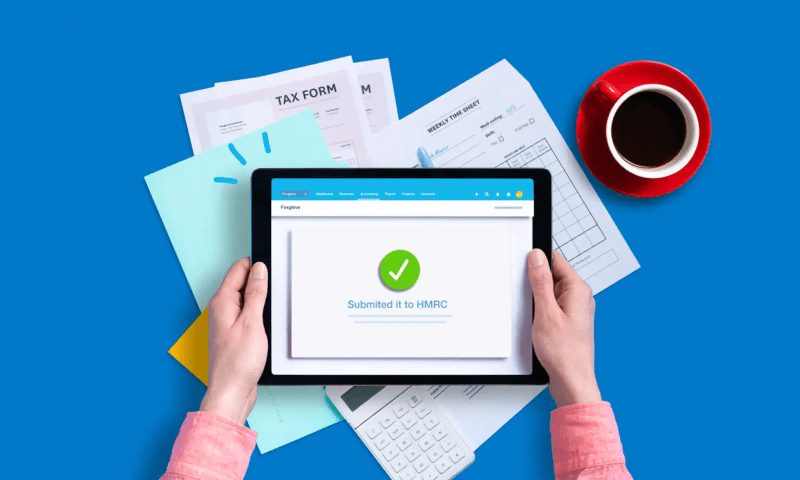
A guide for understanding self-employed tax obligations, thresholds and payments



If you’re self-employed, chances are you look forward to organising and fulfilling your tax obligations as much as you would a particularly upsetting root canal. While it may be vital to your ongoing wellbeing, that doesn’t make it any less painful.
Given the ins-and-outs of the process can feel a little opaque, we’ve provided a guide that covers some of the key facets of the tax process for the self-employed – from understanding obligations and thresholds, to calculating your payments.
Are you self-employed?
Before we dive into the intricacies of tax for the self-employed, it’s important to understand what actually constitutes being self-employed.
In short, you are self-employed if you work for yourself, rather than an employer who pays a consistent wage. The government describes the self-employed as those who run their own business and take responsibility for its success or failure.
If you are self-employed, you are responsible for calculating and paying your own tax and National Insurance.
Now, this may be where it gets confusing. You can be employed and self-employed at the same time. If you have a Monday-Friday 9-5 job but run a side business in the evenings, for example, that means you are considered both.
If you are self-employed, you must tell HMRC and do so by 5 October after the end of the tax year during which you first start to trade.
If you’re still unsure as to whether you count as self-employed, check out this helpful guide.
What are your obligations?
As an employee your tax will be paid at source, which means it’s deducted from your pay packet. While this is handled by an employer, self-employed people need to keep track of their own income and calculate their tax.
As for when you have to register as self-employed, this depends on how much you earn from your business. You can earn up to £1,000 a year in trading income without the need to register as self-employed or pay any tax.
However, if your business earns above £1,000 in a tax year you will need to inform HMRC that you are self-employed, complete a self assessment tax return every year, and pay income tax on your profits. Once registered for self assessment with HMRC, they will send a notice by post or email to complete your tax return.
How much do you pay?
As a self-employed person you must pay income tax on trading profits, but not your total income. To calculate trading profits, deduct qualifying business expenses from your income. You only pay income tax if trading profits are over a certain threshold. This is known as Personal Allowance.
For the 2022/23 tax year the standard Personal Allowance is £12,570, and so the self-employed only pay income tax on profits above this. However, you must pay tax on anything you earn above this figure – what you earn from regular employment counts towards this.
So, if you are both employed and self-employed, the amount of tax you owe will depend on your combined total income and the tax you have already paid through your employed job. Your P60 will include this information, which will be needed when completing your self assessment. You’ll also need to include other taxable income, such as savings or rental income.
If you do earn above the threshold, you must pay income tax. How much you pay will depend on how much of your income falls within each tax bracket. If your profits fall in the bracket £12,571 to £50,270 you have to pay the basic rate of 20%.
Profits from £50,271 to £150,000 will result in a higher tax rate of 40%, and this will rise to 45% on any profits above £150,000.
These thresholds are different for Scottish taxpayers, so head here to find out more about Scottish income tax and Personal Allowance rates.
While you may not welcome self-employed tax obligations with open arms, we hope this breakdown gives you the information you need to get started. If you want to learn more, why not head to our extensive guide, or turn to your accountant – if you have one – who can help you through the process.





